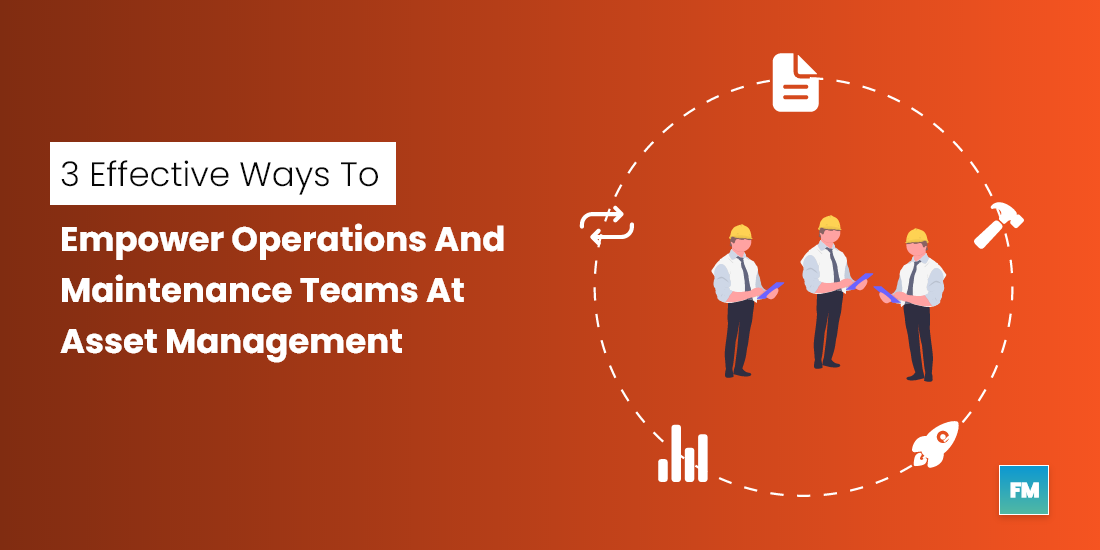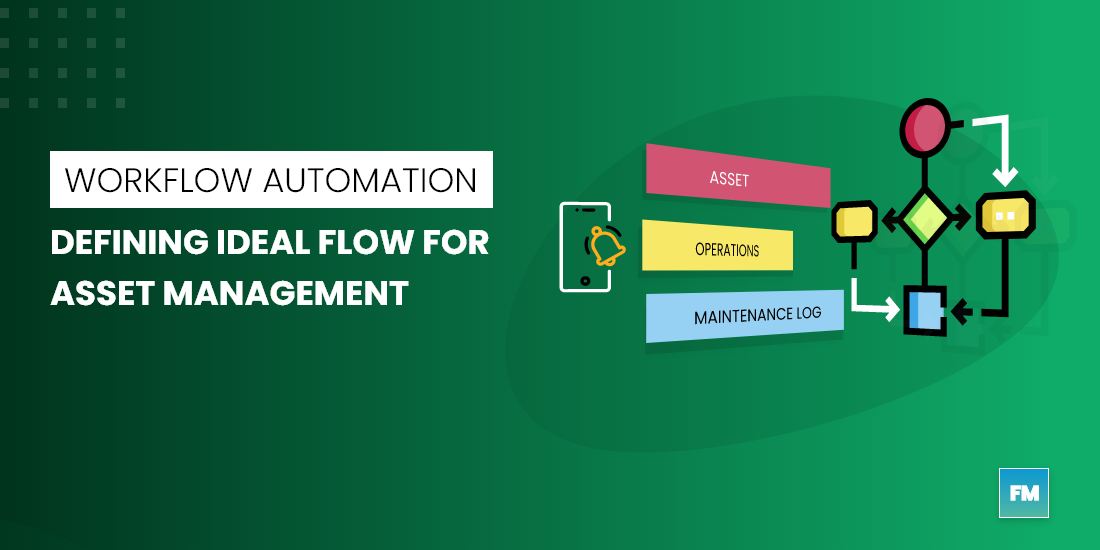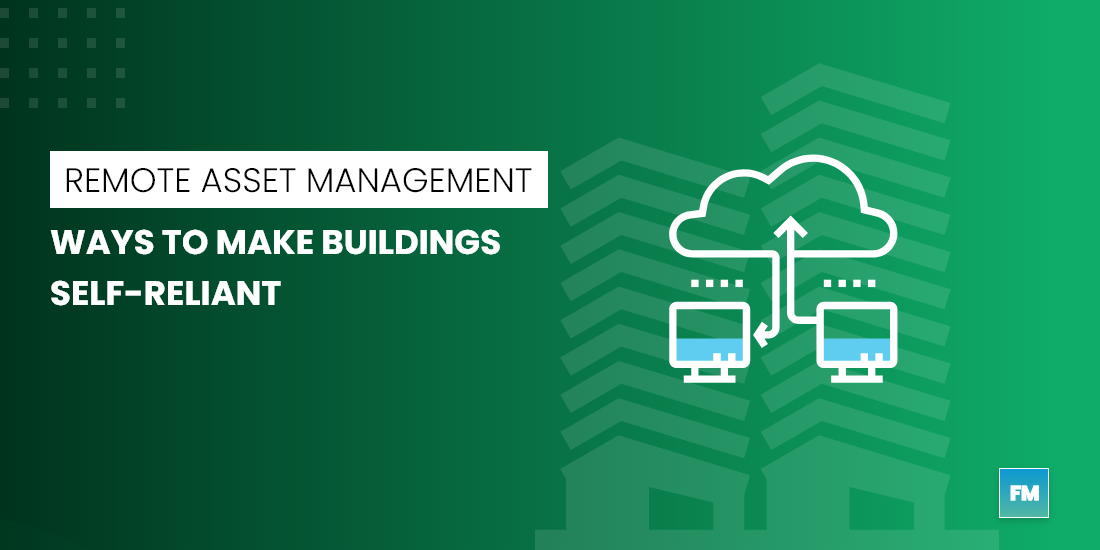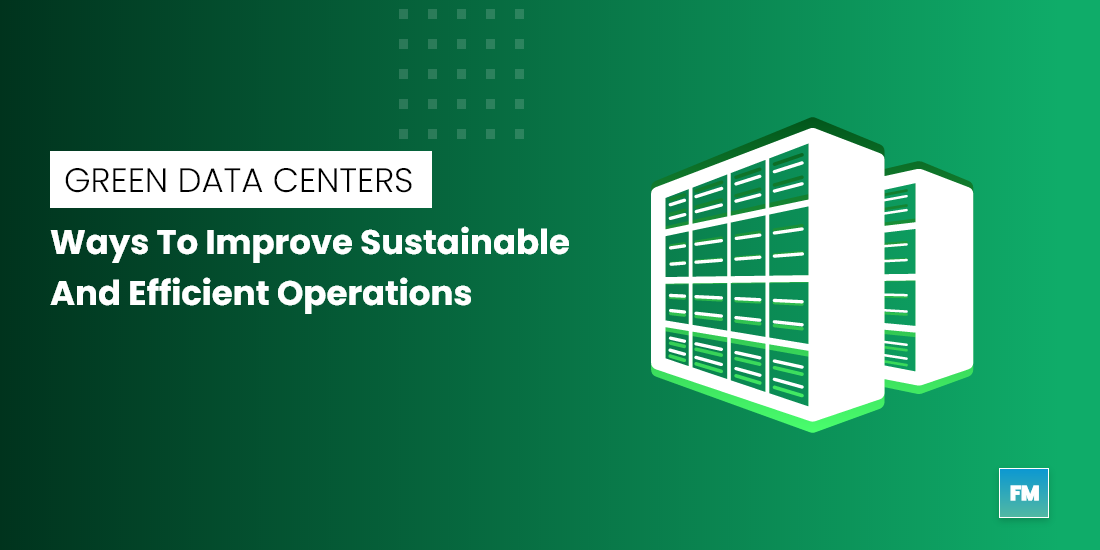Remember the time when Apple launched the ‘assistive touch’ feature in IOS 5? How was life before that? How many steps did you have to go through to open a certain application? And all of a sudden that little circle gave so much control to your thumb. If you look back, you would realize it was the single feature that literally changed the way we use touch screen phones and further differentiated the iPhone from others. And if you wonder why it became so successful? That is because it was thoughtfully designed to eliminate complex multiple tasks and do more with a single touch.
Now if I ask you to pinpoint the feature that changed the way we look at the asset performance management software or energy management application, would you be able to do that? I know there are some fabulous workplace management applications (CAFM/CMMS) available that are designed considering the psyche of the user. But when it comes to subsets like asset performance management or energy management we are still revolving around outdated dashboard-centric applications. It’s not just about the design and features, but the way insights have been delivered to the operator.
(Well even switching to new CAFM/CMMS is not that easy. This article on taking that leap might help you select the ideal one for your need and get you prepared all things that matters)
Ideally, an asset performance management software provides a window into the complex O&M data. They enable O&M teams to cut through the noise of data overload and focus on a subset of metrics that help them make better decisions. They are more than just a fancy pie chart and a drop-down menu of parameters placed in ascending / descending order. But unfortunately, that is very rare to find.
If we want to list down the traits of an ideal asset performance management software / application that O&M teams would love to use, then it should be as bellow:
Make them feel at home:
One of the main reasons why most of the applications failed to impress the shop floor workforce is because they make them feel vulnerable around it. They feel that the application will highlight their shortcomings and they would have to face the consequences. Instead of that, if it could complement a technician’s work by providing a clear call to actions on upcoming opportunities and improvement and focus on progress then it could create harmony between them and improve the adoption rate. It should help them to make informed decisions and avoid problems before they occur.
Helps them to be more productive:
If we look into an ideal day in the life of an O&M manager, we realize that they spend much of their time on inspecting the assets and planning for maintenance. If we are somehow able to bring order into the tasks then it would help them to schedule their day in advance. Also, automate dat-to-day repetitive tasks that consume most of their time. Organising and prioritising tasks are only going to help them in the future as we move towards performance-based contracts.
Provides access to data and insights on demand:
An ideal asset performance management software should be able to help operators reach the depth of the insights, may it be a holistic view of all of his key assets, the historical performance of the particular asset or data on performance changes since the last maintenance, etc. Graphs and indicators are good to convey the status of the operations while the system generated alerts and notifications provided the context and next set of actions.
So whether you are planning to buy an asset performance management (APM) software for your O&M team, make sure to take a trial and decide based on these factors for longevity and successful implementation.
If you are already using APM software then let us know where it stands on these 3 aspects. If you have any suggestions or want us to talk to our facility management team on what’s inevitable in digital transformation, then feel free to write to us.








